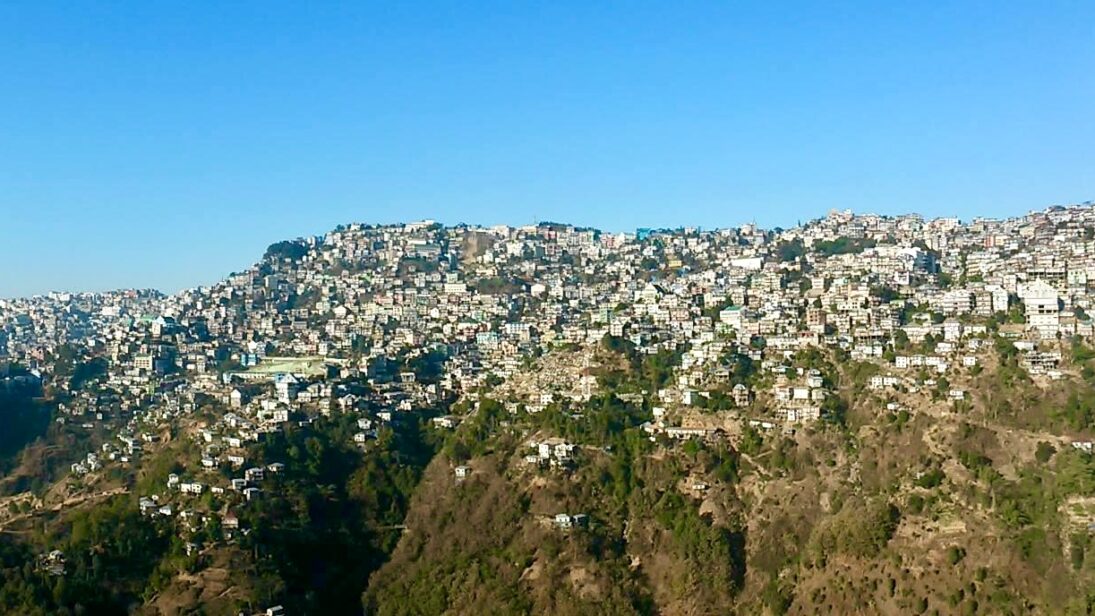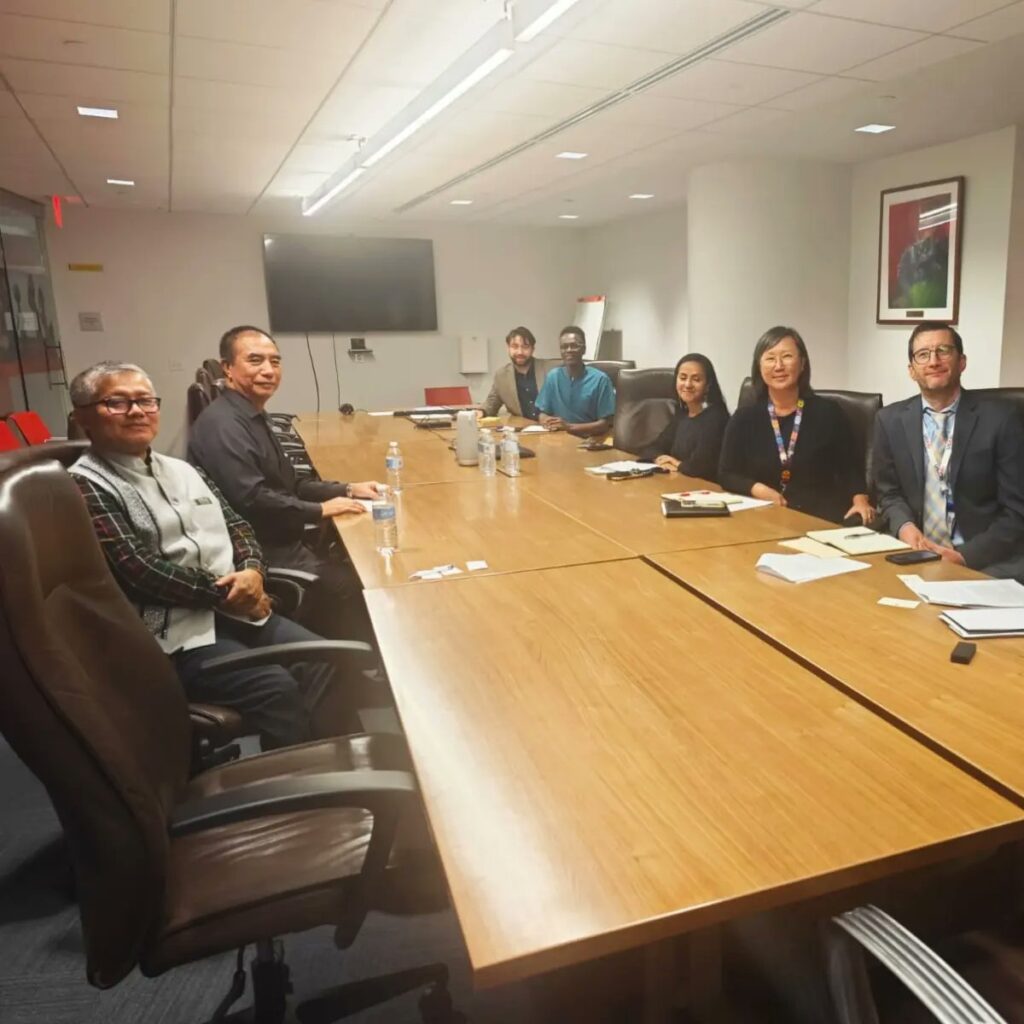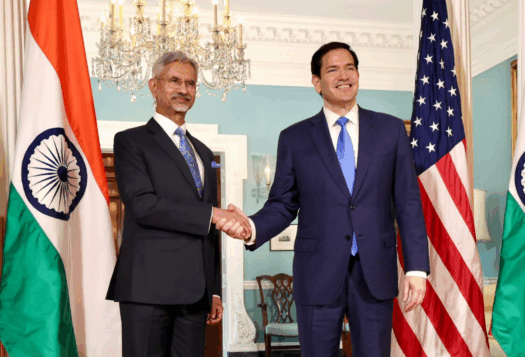
Earlier this month, Indian security forces captured a large stash of heroin in the state of Mizoram along the India-Myanmar border. The operation exemplified New Delhi’s longstanding concerns regarding drug trafficking and border security in the state, which shares boundaries with two of India’s neighbors. But while drug smuggling and other illegal cross-border activities continue to be legitimate concerns, New Delhi has often responded to these developments by adopting a purely security-centric lens. Such a view has left Mizoram’s true strategic value in India’s foreign policy untapped.
New Delhi would be more successful in meeting its security and strategic objectives if it developed infrastructure and improved local engagement in Mizoram while nurturing the state’s unique ethnic and cultural ties with neighboring countries. This is especially critical in the current geopolitical landscape. As China increases its footprint in India’s neighborhood, and conflict and instability surround Mizoram, New Delhi would be well advised to approach the state with a more inclusive and development-oriented approach with the aim of turning it into a trade and transit hub, capable of maximizing India’s Act East and Neighborhood First policies.
Challenge of Mizoram’s Illegal Crossings
Mizoram’s history, landlocked form, and geographical location make it critical to India’s national security. Mizoram shares international borders with Myanmar and Bangladesh, measuring 404 kilometers and 318 kilometers respectively. Nonetheless, the local Mizo people and their kindred tribes have historically lived strewn across all three countries and consider themselves involuntarily divided by boundaries dating back to the British colonial era. One of these kindred tribes is the Chin-Zo community in Myanmar, which is estimated to number between 500,000 to 1.5 million people, residing in the Chin State and the Sagaing Region in northwestern Myanmar. In Bangladesh, India’s Mizos have ties to the Bawm, Khumi, Khyang, Lushai, and Pangkhua people, who number close to 25,000 and are settled largely across the Chittagong Hill Tracts and surrounding areas.
New Delhi would be well advised to approach the state with a more inclusive and development-oriented approach with the aim of turning it into a trade and transit hub, capable of maximizing India’s Act East and Neighborhood First policies.
In order to preserve the cross-border ethnic ties of the Mizo people, Mizoram’s borders with Myanmar and Bangladesh have remained predominantly unfenced. In the aftermath of independence, the Indian government permitted hill tribes to cross the border without travel documents, thereby allowing them to maintain their shared cross-border customs and economic activities. This was the origin of the Free Movement Regime (FMR) policy introduced in 1950, which allowed people residing in Myanmar to enter within 40 kilometers of the Indian border.
However, repeated political unrest and military conflicts in Myanmar and Bangladesh have complicated this arrangement over the years. As per the Mizoram government, by November 2024, the state was sheltering over 33,000 refugees from Myanmar and more than 2,000 from Bangladesh, especially as a result of recent domestic turmoil and violence in both countries. Consequently, to curb illegal crossings, New Delhi has focused on the securitization of borders. Last year, India fenced the border with Myanmar. At the same time, it also abruptly suspended the FMR, thereby disallowing cross-border movement between the two countries. Both these policies attracted protests and resistance in Mizoram and neighboring Indian states.
After facing backlash, New Delhi backed down and issued new guidelines allowing people living within 10 kilometers of the bilateral border to visit each other with a temporary border pass. Yet, despite this climbdown, the volatile handling of the FMR reflects a top-down approach in New Delhi that ignores local realities and risks breeding resentment in Mizoram.
Security Concerns Should Not Hinder Development
Although Mizoram could be a key player in India’s Act East Policy, there has not been sufficient infrastructure development in the state to allow it to act as a gateway to Southeast Asia. Among other challenges, strategic analysts have sometimes worried that cross-border infrastructure development in Mizoram may facilitate drug trafficking and smuggling, which have been a major concern in recent years. For instance, the Mizoram excise department has reported that in 2024 alone, there were 67 deaths related to drug use.
But restricting cross-border trade and infrastructure development for fear of trafficking and smuggling is counterproductive. Firstly, trade and connectivity can reduce incentives for illicit activities such as drug trafficking by creating economic opportunities and employment in the private and public sectors. Secondly, the improvement of roads in Mizoram’s mountainous terrain can increase access to critical health facilities, including for victims of drug abuse. Thirdly, modern infrastructure can facilitate better surveillance and quicker response times for law and order agencies, thereby strengthening anti-smuggling efforts.
To truly fight Mizoram’s drug problem, New Delhi should build stronger institutions and foster economic growth in the state. The United Nations General Assembly has highlighted how high income inequality and weak national institutions foster illicit transnational networks of trafficking. In particular, countries should pursue policies that would address the root causes of crime by combating poverty and discrimination and improving education and health metrics. Infrastructure development in Mizoram can be the building block for all these efforts.
New Delhi can mitigate security risks in Mizoram by ensuring that development projects are accompanied by robust governance measures. In particular, New Delhi should gain public trust for both border security and local development purposes by involving local stakeholders — including community leaders, civil society organizations, and state authorities — in policy formulation. Programs such as border security committees or village watch groups, which involve border communities as primary stakeholders, can enhance security while ensuring that development benefits reach the locals. A more nuanced approach — such as smart border management technologies — can also address security challenges without alienating border communities. In addition, Indian security personnel must be trained to respect cultural sensitivities and protect human rights. New Delhi must also coordinate more closely with state government authorities in designing policies that affect border populations, as opposed to unilateral measures such as the suspension of the FMR.

Leveraging Mizoram’s Potential to Strengthen India’s Position
Mizoram’s strategic location, coupled with its peaceful history and cultural capital, needs to be fully tapped as a critical component of India’s foreign policy framework in its neighborhood. New Delhi should prioritize Mizoram’s development as a strategic asset urgently, given that the state is already facing spillover effects from not only the conflict in Myanmar but also the ethnic violence in Manipur. Furthermore, China’s growing footprint toward India’s east can be best countered by leveraging Mizoram’s potential as an economic and transit hub.
China is already solidifying its strategic influence in Myanmar, where Mizoram’s historic cultural and ethnic ties can be a great asset to New Delhi, if harnessed properly. In recent years, India has made attempts to increase its footprint in Myanmar through projects like the Kaladan Multi-Modal Transit Transport Project, but these have been stalled by political instability in the country. Amid the violence, Myanmar has seen the rise of several armed ethnic groups opposing the junta, such as the Arakan Army (AA) which controls much of the Chin and Rakhine provinces. While New Delhi has thus far officially engaged solely with the junta, China has already taken steps to protect its investments by engaging with Myanmar’s various ethnic armies, including the AA. India should follow suit by tapping into Mizoram’s ethnic ties with Myanmar— particularly with the Chin people — to engage constructively with the powerful ethnic rebels and local stakeholders in the country.
Investment in roads, railways, and border trade facilities can encourage regional connectivity, boosting trade with Myanmar and Bangladesh while fostering economic growth within Mizoram.
More broadly, it is imperative that Mizoram’s ethnic and cultural ties with neighboring countries do not become glorified footnotes but are rather fully utilized to serve as a foundation for stronger people-to-people connections. There is untapped potential in the form of cultural exchanges, academic partnerships, and joint festivals — such as the Kut harvests in Mizoram or the Khua Do festival in Myanmar — that can enhance India’s soft power and goodwill in the region.
To fully incorporate Mizoram into India’s foreign policy framework, New Delhi should adopt a balanced approach that combines security imperatives with developmental and cultural diplomacy. Investment in roads, railways, and border trade facilities can encourage regional connectivity, boosting trade with Myanmar and Bangladesh while fostering economic growth within Mizoram. Stronger people-to-people ties between the people of Mizoram and their ethnic kin in neighboring countries will also help expand New Delhi’s influence. Admittedly, ongoing instability in Myanmar and emerging challenges in Bangladesh may pose obstacles to fully realizing these benefits in the short term. Nevertheless, New Delhi should still focus on Mizoram’s development — strengthening internal connectivity, establishing local economic opportunities, and enhancing resilience against external disruptions.
The current overemphasis on security issues — and New Delhi’s reluctance to engage with local communities in policymaking — undermine Mizoram’s potential to advance India’s Neighborhood First and Act East policies. New Delhi should consider a different approach to maximize Mizoram’s strategic potential.
Editor’s Note: The views expressed are the author’s own.
Views expressed are the author’s own and do not necessarily reflect the positions of South Asian Voices, the Stimson Center, or our supporters.
***
Image 1: Jokomarel via Wikimedia Commons
Image 2: CM Office Mizoram via X


